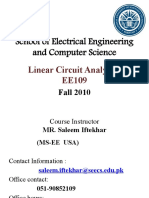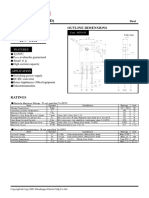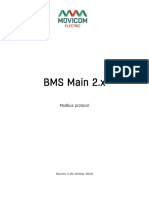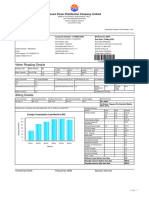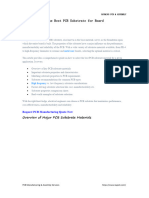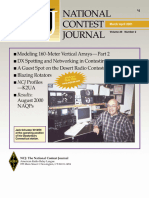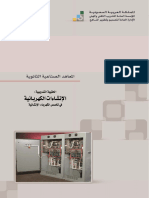0% found this document useful (0 votes)
3 views30 pages01 IntroductionASR
The document outlines the fundamentals of basic electronic circuits, including methods for circuit analysis, design principles, and teaching sequences. It emphasizes the importance of understanding circuit components, laws, and practical applications through projects and simulations. Additionally, it provides evaluation criteria and project ideas, along with team collaboration strategies using the Six Thinking Hats method.
Uploaded by
akshay.pCopyright
© © All Rights Reserved
We take content rights seriously. If you suspect this is your content, claim it here.
Available Formats
Download as PDF, TXT or read online on Scribd
0% found this document useful (0 votes)
3 views30 pages01 IntroductionASR
The document outlines the fundamentals of basic electronic circuits, including methods for circuit analysis, design principles, and teaching sequences. It emphasizes the importance of understanding circuit components, laws, and practical applications through projects and simulations. Additionally, it provides evaluation criteria and project ideas, along with team collaboration strategies using the Six Thinking Hats method.
Uploaded by
akshay.pCopyright
© © All Rights Reserved
We take content rights seriously. If you suspect this is your content, claim it here.
Available Formats
Download as PDF, TXT or read online on Scribd
/ 30









































